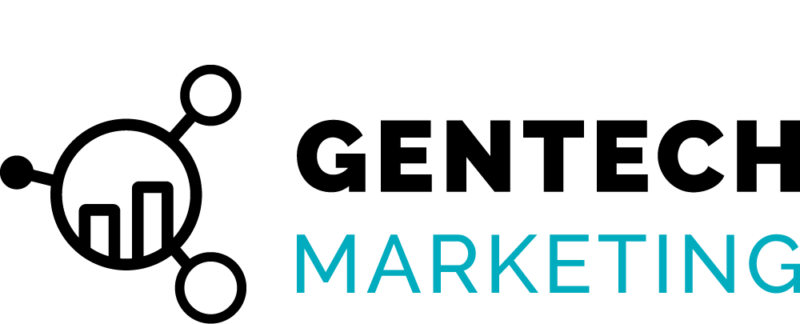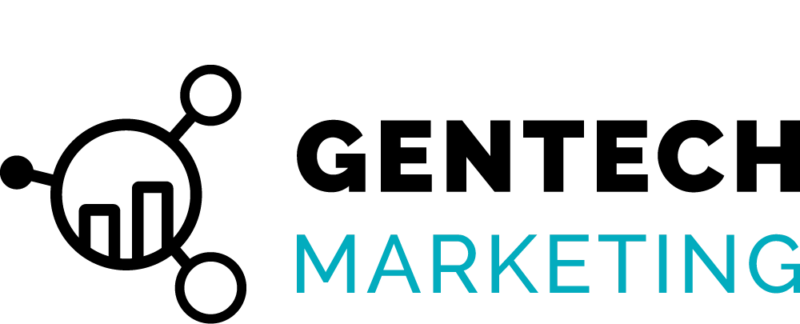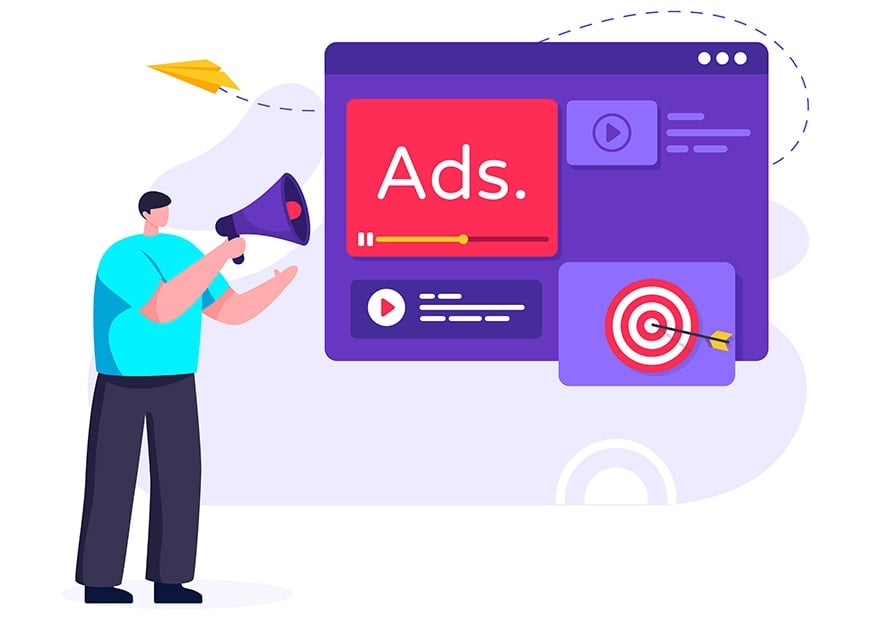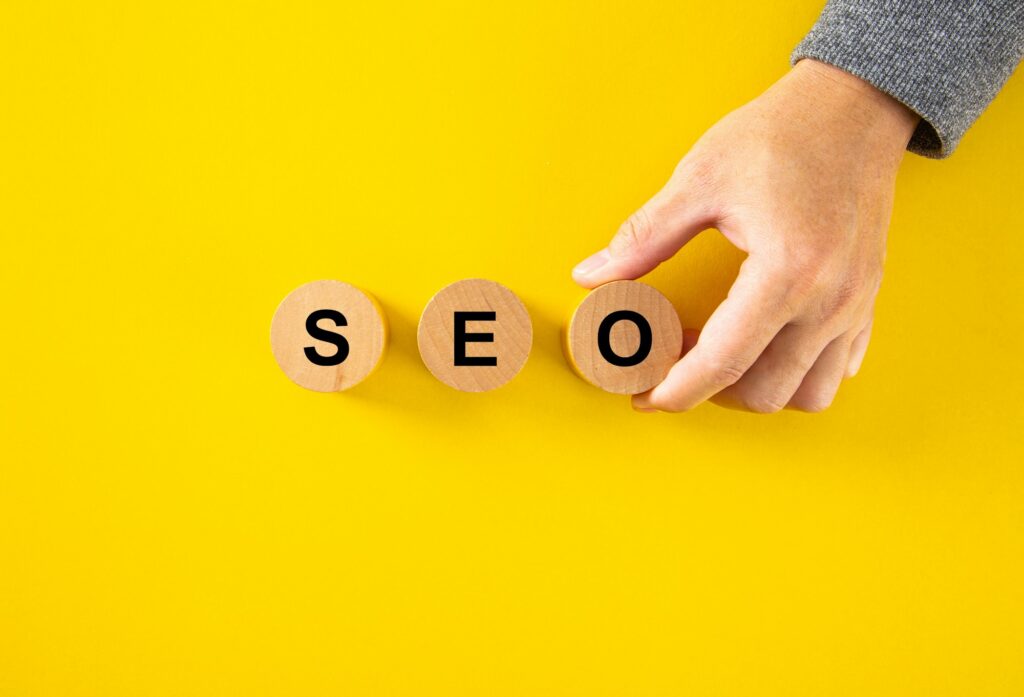Advertising has developed considerably. Formerly, mostly about newspapers, billboards, and television commercials, what used to be has now moved to the digital sphere. Companies no more need to speculate about who is seeing their commercials. Data and automation enable them to show their message to the appropriate audience at the ideal moment.
The growth of programmatic advertising is among the most significant developments. It is data-driven, quick, and far more accurate than traditional methods. Running ads or even thinking about them, it’s best to be aware of the relative positions of programmatic and traditional advertising, and why automation is the future.
What Constitutes Traditional Advertising?
TV commercials, radio spots, magazine ads, and flyers are among traditional advertising forms. These techniques have been in use for decades and have propelled companies forward. The problem today is that they’re not very flexible.
Many of times, these commercials have to be reserved weeks or even months ahead. Once they start running, there is little you can do to alter them, even if they are not functioning. It is also challenging to assess how many people saw your ad or acted following viewing it.
Problems With Traditional Ads
- You can’t adjust in real-time. Once your ad is placed, it stays as-is.
- Targeting is broad. You aim at groups based on age or location, not behavior.
- Hard to track results. You might get estimates, but not hard numbers.
- Costs can be high. Manual work and fixed prices make things more expensive.
What Is Programmatic Advertising?
Programmatic advertising uses software and data to buy digital ad space. It works with websites, apps, video platforms, and more. Instead of calling someone to place an ad, a system does it for you. It decides where to show your ad, who to show it to, and how much to spend, often in less than a second.
You set your goals and budget, and the platform handles the rest.
How Does It Work?
Here’s a simple breakdown:
- You set up the campaign. Choose who you want to target, what your ad looks like, and how much to spend.
- Real-time bidding kicks in. As someone visits a website or app, systems bid to show your ad.
- The winner’s ad appears. Your ad shows up if you win the bid, usually because you matched the right audience.
- It keeps learning. The system looks at results and makes small changes to improve performance.
This all happens faster than a blink.
Programmatic vs. Manual (Non-Programmatic)
Manual ad buying means people do the work—finding publishers, agreeing on prices, and placing ads. Programmatic skips all that. It uses data and machines to do it better, faster, and often cheaper.
Programmatic Advertising Varieties
There is more than one approach to programmatically purchase advertisements. These are the primary ones:
- Real-Time Bidding (RTB): Open auctions where anyone can bid are known as real-time bidding (RTB).
- Private Marketplaces (PMP) are invite-only sales for high-value sites.
- Programmatic Direct: Fixed-price arrangements with no bidding in Programmatic Direct.
- Preferred Deals: You pay a fixed price for preferred deals and receive early access to advertisement spaces.
Your objectives will determine which kind provides a combination of control and scale.
Why Programmatic Advertising Works So Well
1. More intelligent targeting
Programmatic lets you target users depending on location, device, browsing patterns, and more. You’re working with actual data, not just speculation.
2. Time and money savings
Automation speeds the process and helps to avoid waste, negating the need for paper contract signatures or calls to ad representatives.
3. Update in Real Time
You can stop your advertisement or immediately modify it if it’s not performing well. You don’t have to wait.
4. Easy to Measure
You’ll know who saw your ad, where it appeared, and what happened afterward. That helps make better choices next time.
5. Bigger Reach
You can show your ads across thousands of websites, mobile apps, and streaming platforms—all from one dashboard.
6. Better Results
Since your ads are more targeted and more timely, people are more likely to click, buy, or take action.
Why It Matters for Your Business
Programmatic is not just for big companies. Small and mid-size businesses can benefit too. Over 80% of online ads are now bought programmatically. That number keeps growing every year.
If you’re not using it, there’s a good chance your competitors are.
It’s not about spending more. It’s about spending smarter.
The Future of Digital Marketing
People want instant results. They prefer ads that address them rather than arbitrary messages. That is made feasible through programmatic advertising. It improves over time, picks up knowledge as it goes, and changes on the fly.
Although conventional advertising will not vanish, it won’t be the primary means to connect with people anymore. Data-led, digital-first tactics are a frontrunner.
If you want to stay ahead, it’s time to make the switch.
Let GenTech Marketing Help
At GenTech Marketing, we make programmatic simple. Targeting, creativity, bidding, tracking, and result enhancement are all under control by our team. You need not solve it by yourself.
We are here to assist you, whether you are just starting with digital advertising or wish to improve what you already do.
Take the Next Step
Let’s build a campaign that works. Reach the right people. Spend your budget wisely. Get better results.
Contact GenTech Marketing today to start your programmatic advertising journey. Let’s grow your brand together.






